
Price: £90.00 / $104.99 / €95.95
Sizes: 700c x 24, 26, 28, 30, 32mm
Weight: 265g, 275g, 295g, 300g, 320g
The latest edition of the Vittoria Corsa Pro has been around (officially) since May 2023, though it was widely used in the peloton before this, and I initially rode them a month prior at a press event. Given the tyre’s heavy use in the pro peloton, along with excellent testing results in independent rolling resistance tests, it sits squarely within my guide to the best road bike tyres, but what are they actually like to ride?
Rolling resistance data can only tell you so much, and while for pure performance they certainly have their place, there’s more to tyres than how fast they roll on a drum mounted to a jig. I’ve been running the Corsa Pros for over a year on various bikes now, and in order to get a real flavour for them, I've not only ridden them in the de facto ‘normal’ 28c width, but also in a 32c option, to see how they fare against the latest and greatest in wider rubber.
The short story is that I really like these tyres, though as with almost everything ever, they aren’t without fault. They’re absolutely beautiful to ride, especially in larger volume sizes, but I have suffered slightly with how they fare when set up tubeless.

Design and aesthetics
The new Corsa Pro looks very much like the old Corsa. The tread, in fact, is unchanged. A slick centre, with shoulder sipes (the technical term for the cuts in the tread) running parallel with the direction of travel. In the previous generation, this tread was physically glued to the 320TPI cotton casing, which meant that, over time, the edges of the tread could peel up. Here, for the new version, the tread is effectively baked into the casing during the vulcanisation process, creating a glueless, permanent bond. Fans of supple tyres (me, in this case) can be happy that the 320TPI casing remains.
Not having glue between cotton and rubber - glue that is less supple than the materials it is bonding - has claimed benefits over the old tyre in terms of rolling resistance, and ditching the stepped shoulder from tyre tread to casing has claimed aerodynamic benefits too.
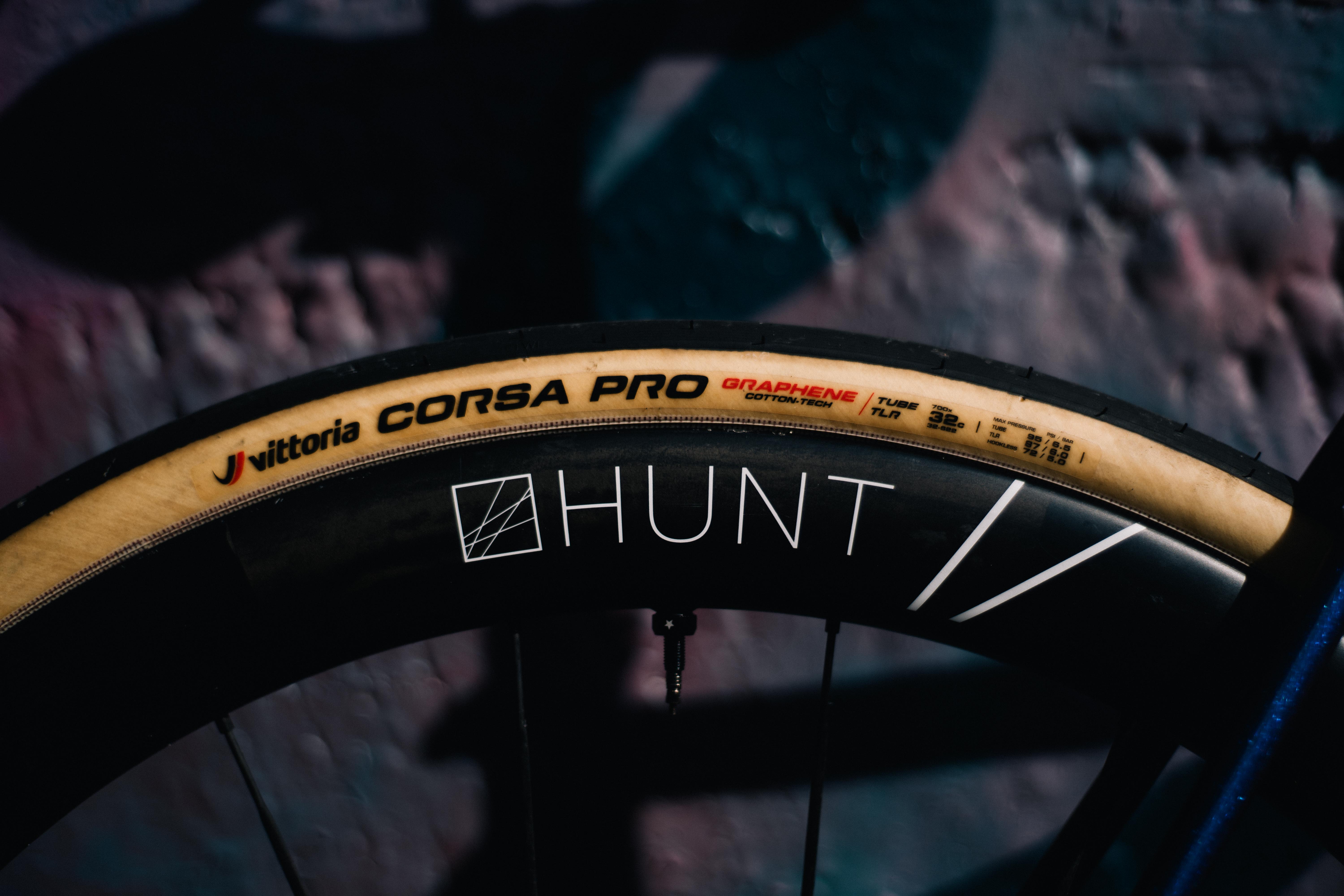
The bead has also changed over the old model, with a profile designed to play better with hookless rims, something that still relies on proper wheel and tyre size compatibility, as this year’s industry-wide debate on the safety of hookless rims demonstrates.
Claims of being faster (Vittoria claims the Corsa Pro is 12% faster, with 18% better puncture protection and 4% lighter than the old model) by the brand aside, independent testing by Bicycle Rolling Resistance shows the Corsa Pro to be 0.8 watts slower than an equivalent sized (28c) Continental GP5000 S TR, but with marginally better grip and puncture protection.
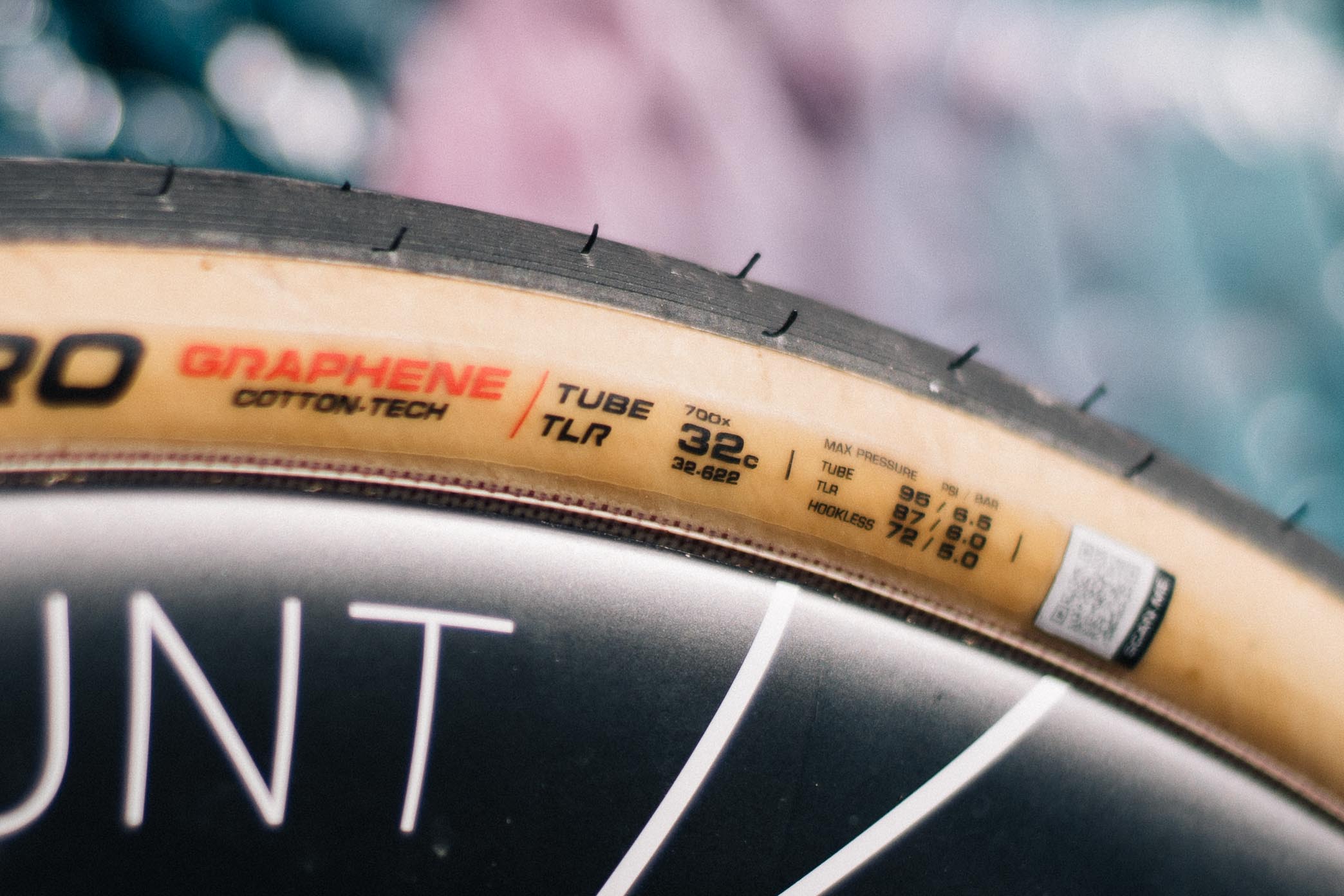
Performance
If you’re looking for a beautifully smooth, fast, and grippy road bike tyre, then here you are. I’ve really enjoyed using the Corsa Pro, and given its prolific use in the pro peloton it shouldn’t come as a surprise to read that my performance summary is just “these are really, really good”.
Putting aside the rolling resistance and lab-tested puncture resistance figures, what are they like to ride? And more pertinently, how do they compare to the other benchmark tyre, the Continental GP5000 S TR?
The biggest actual tangible difference between the two is in terms of the ride smoothness rather than in straight line speed. Just holding the Corsa Pros in one’s hand you can feel how easily they deform. This ease of deformation imparts a buttery smoothness on the ride that I’m yet to have beaten.
The smoothness is such that it does have quite an insulating quality on the ride feel, too. I really enjoy feeling like I’m almost floating above the tarmac, rather than directly connected to it, but I suspect that’s because Britain is cursed with such appalling road surfaces that any disconnect is welcome. This is, as you might imagine, enhanced further by opting for the larger size. Having tried both the 28c and 32c widths, I’d stick with 32c without hesitation. The weight penalty is negligible, the comfort is increased, and tubeless setups work better because the pressures are slightly lower.
Cornering feel is a tricky one here. On paper, the Corsa Pro has better grip than the GP5000 S TR, but I don’t think this is entirely borne out on the road. The cotton casings rather than the tread itself, prone as they are to deform more easily, felt a little less secure in cornering than those of the Continental option, though this really is splitting hairs. If you want to go down the wider tyre route then I really do feel like there is merit here in pairing them with a wider rim internal width - I’ve been using them with a set of Hunt 48 Limitless wheels with a 22.2mm internal width, and I’d probably go wider, up to 25mm or so, to get the best performance.
What you may run into if you opt for a wider rim though is the tread rolls less far around the tread, reducing the lean angle required to start cornering on the sidewalls. For mortals, this isn't really an issue, but it is perhaps a reason why Visma-Lease A Bike have been spotted using an unreleased 29c version.
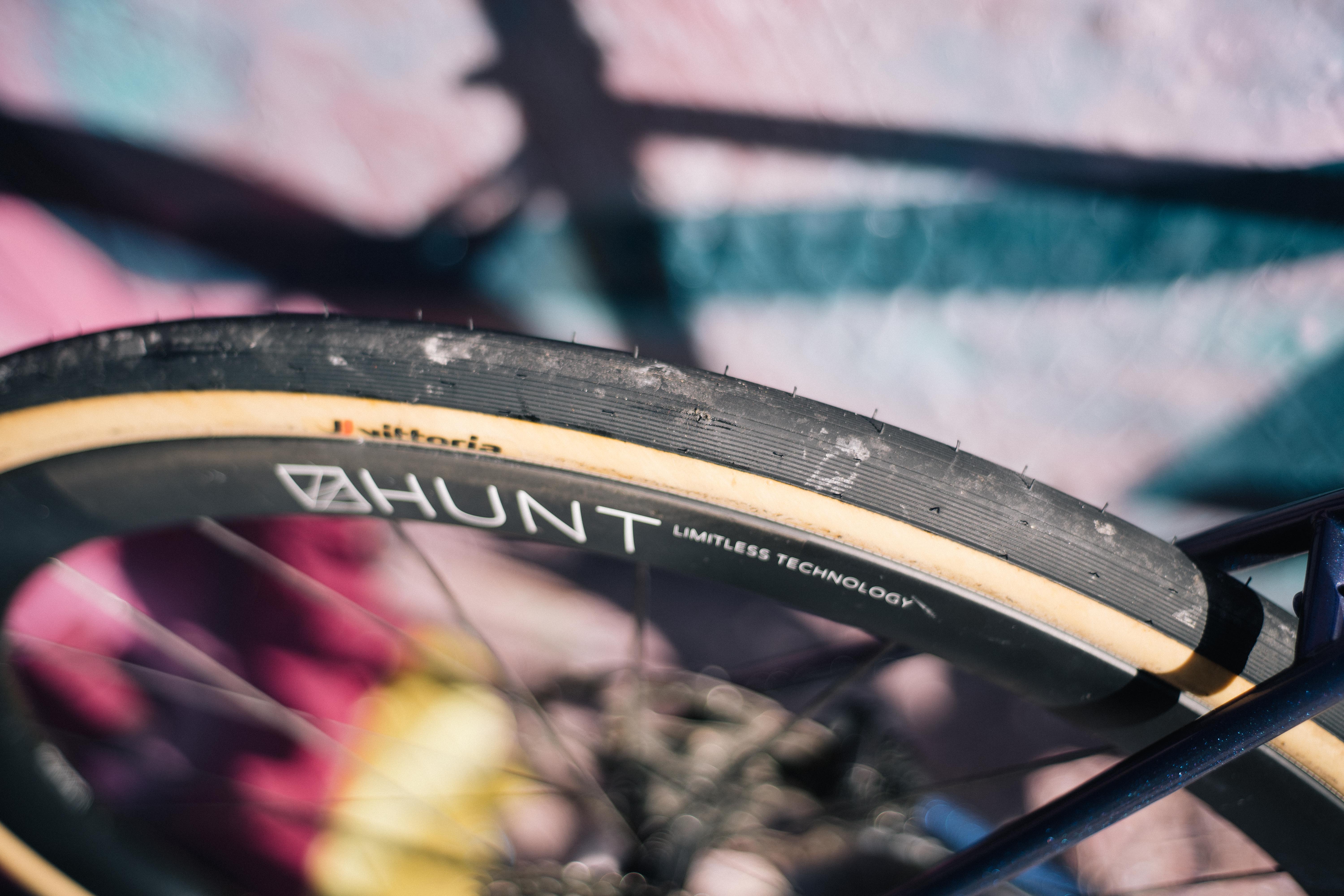
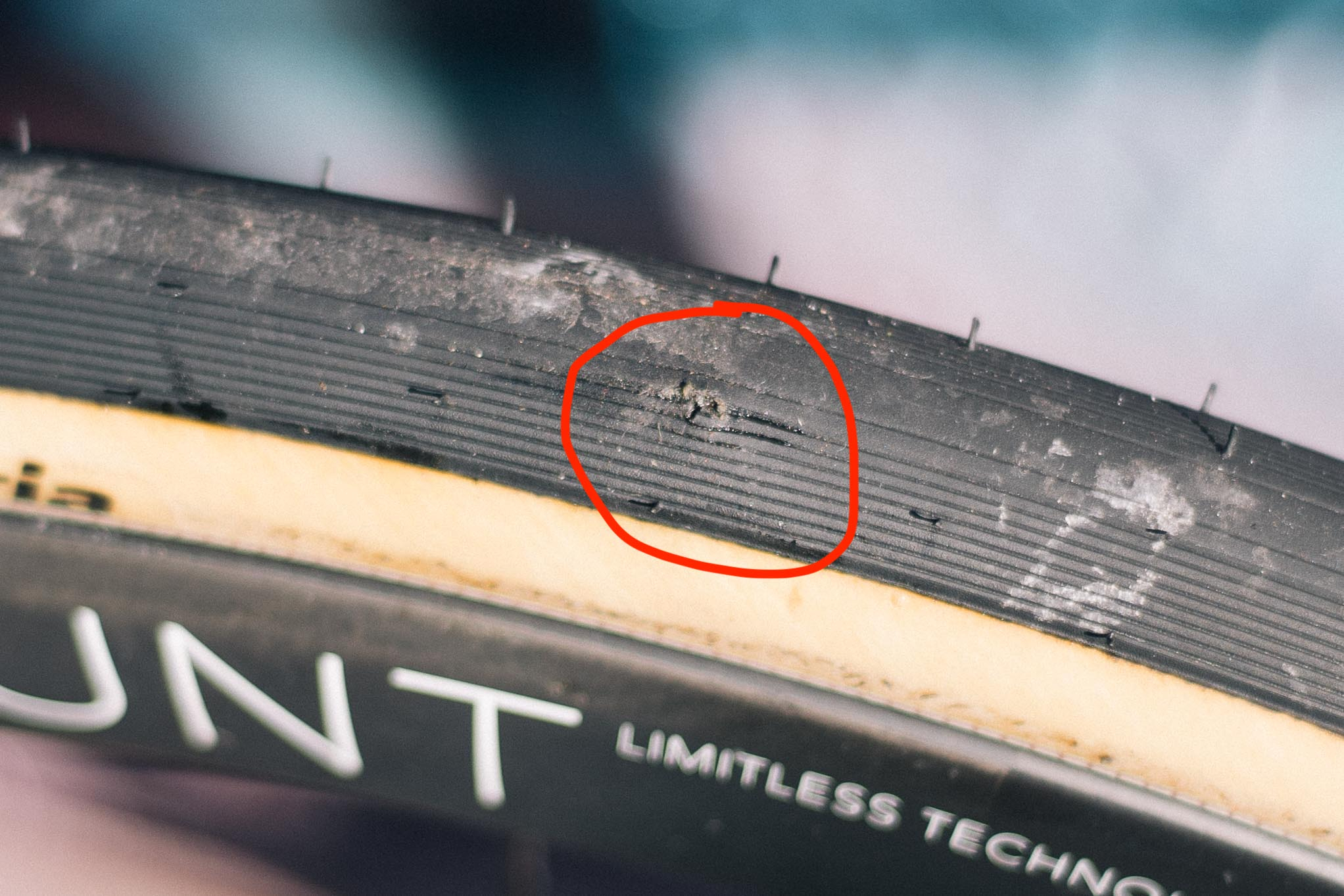
Durability is another tough one, and the lab data suggests that the Corsa Pro has better puncture protection than that of the GP5000 S TR, but this isn’t borne out by my experience. I am not suggesting that my isolated experience is more accurate than lab tests that show the Corsa Pro to be more able to withstand being pierced by a repeatable sharp object test, but repeatedly I have noticed with the Corsa Pro, and with other cotton tyres as it happens, that small punctures stubbornly refuse to seal where they would be no issue on a vulcanised tyre.
I had one small (around 1mm) puncture that would seal, but then repeatedly reopen once ridden. I used the same sealant I always do, and I suspect that the latex-coated cotton carcass perhaps bonds less readily with the sealant, or that its more flexible characteristics mean wounds are more prone to reopening with riding, or maybe both. Plugging with a reputable tubeless plug had no positive effect, and actually made it worse by opening the hole further, resulting in a sudden failure of the plug, despite it being given over 24 hours in place, unridden, to bed in.
This is, then, a tyre which will take careful consideration. They are expensive, among the most expensive on the market, and while they are one of my favourite tyres to ride in terms of the characteristics they can impart, there is always an element of risk involved.
Bringing a spare tube is a must, as well as the understanding that you may have to swap to inner tubes at some point even if you begin with tubeless. If you do run inner tubes, do the decent thing and use latex ones - if you buy these and run butyl tubes you may as well opt for the more durable Corsa N.Ext and save yourself some money.
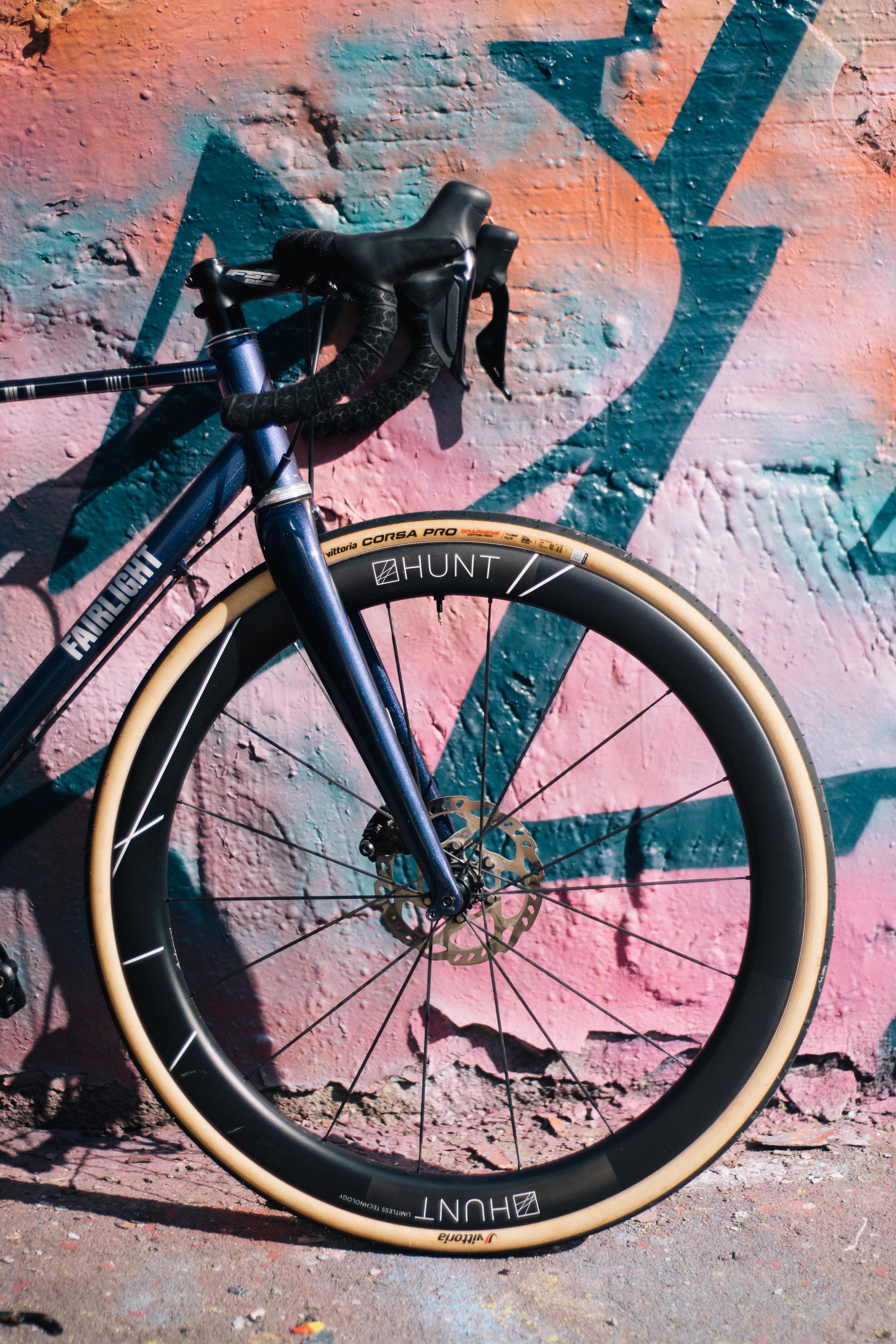
Value
As they have been out for a while it’s possible to get them for lower than their £90 / $105 retail price, but regardless, these are expensive tyres for those who demand the maximum in terms of performance. By the numbers, they lose out in terms of wattage, by a hair, to the GP5000 S TR, but in the real world you’re not going to notice this. Given their fragility, there is an argument that as well as being expensive, there’s more of a risk of prematurely losing your investment.
High-end tyres though are getting more expensive, and these aren’t outlandish in the context of the market segment in which they sit. I’m not going to claim they’re a bargain, but they aren’t a rip-off either just by dint of being expensive.
Verdict
Truly a beautiful tyre to ride, especially in wider widths, with a supple, insulating quality that imparts a feeling of floating, but while they are on paper some of the most grippy tyres out there, the more flexible carcass doesn’t feel quite so secure in hard cornering.
If you value ride feel above all else then buy these, but be prepared to roll the dice with how well they deal with punctures.







